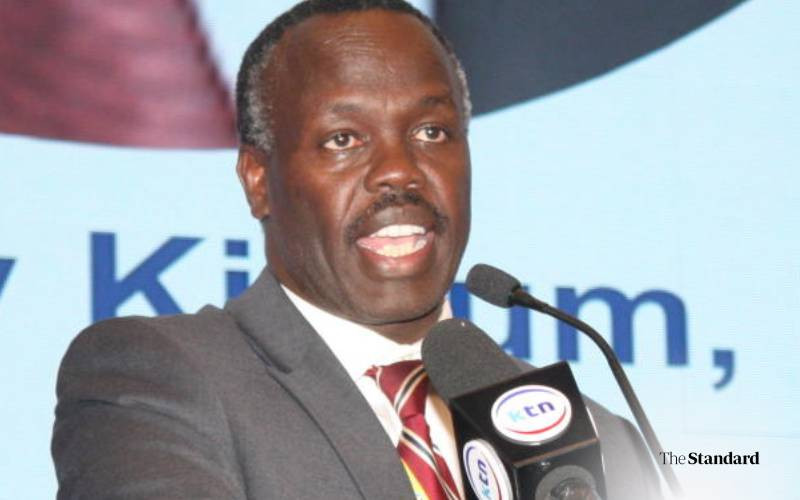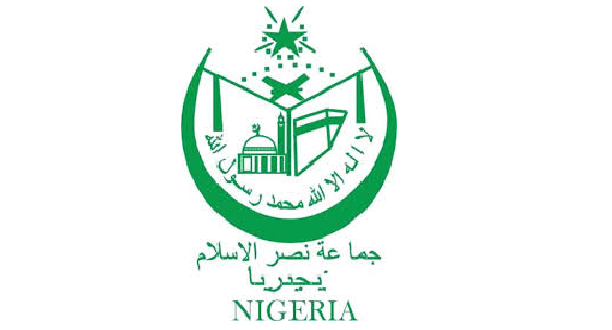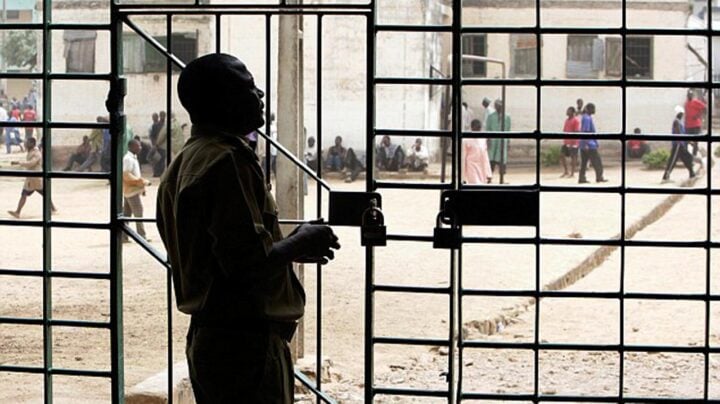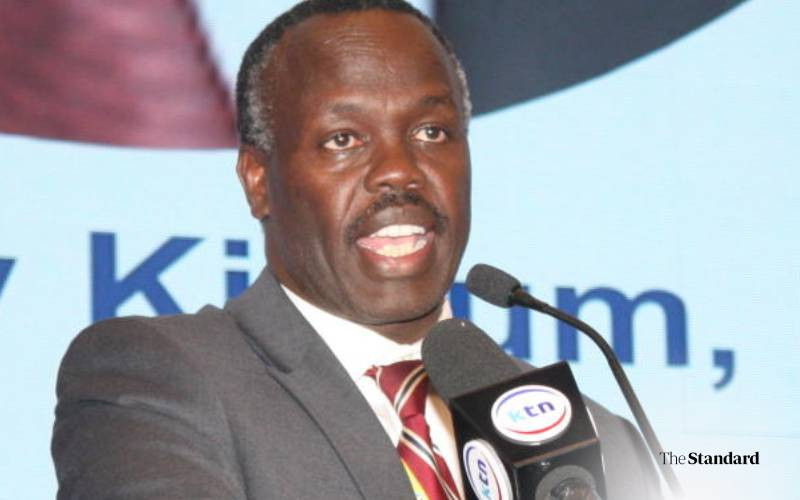Regulators push for recognition of insurance policies across EAC

[Jenipher Wachie, Standard]
Regulatory bodies of insurance services in the region have revived talks on mutual recognition of polices across the East African Community (EAC) markets, a move that is expected to improve penetration.
These talks, according to Kenya’s Insurance Regulatory Authority (IRA), had stalled as an agreement could not be reached on mutual recognition of policies, a factor that could aid businesses operating across the region.
Commissioner of Insurance and IRA Chief Executive Godfrey Kiptum said previous discussions that date back between 2017 and 2020 could not be concluded then, revealing that his office has been in touch with other regulatory bodies in the region through a working group.
During the period, players in the sector had worked on laws that were to be adopted through the EAC Assembly. “There are efforts to revive that process so that we can finish,” he said. “There was one clause that we could not agree on then, and it was the question of mutual recognition.”
Mutual recognition would dictate that if one buys a policy in Kenya, as one of the markets under EAC, then that cover would be recognised as valid if they cross over to any of the other member states.
As such, it would reduce the bottlenecks on movement of goods, services, and labour across the region, particularly owing that Kenya acts as a gateway to the rest of the region.
“As it is now, most policies are territorial,” said Mr Kiptum during a business forum with journalists in Naivasha.
“If you were to drive to Arusha, Tanzania, the option is that you can buy the yellow card, or you can also buy (insurance) from one of the companies registered in those countries.”
The Common Market for Eastern and Southern Africa (COMESA) yellow card is a third-party insurance certificate that allows motorists to drive in any of the member States without the need to purchase another domestically.
EAC countries are also members of COMESA, which makes the yellow card more preferable than purchasing a new policy in the member country one is visiting.
This push for mutual recognition was also emphasised in the recent five-day meeting by the East African Insurance Supervisors’ Association (EAISA), where Kenya’s IRA is also a member. A major challenge with this move, as discussed in the meeting, is the quality of service across the markets. “If I am Rwandan and I go to Uganda, will I receive the same quality of service as I would have received in Rwanda? If I go to Burundi and I open a business, will I be sure that I will have a cover? When we come together as a body (EAISA), we are trying to make sure our people get this service irrespective of where they are,” noted the Executive Director of Financial Stability, National Bank of Rwanda, Shelagh Kahonda.
Mutual recognition of policies is an aspect of the Common Market Protocol signed in 2010 by the EAC member States, which seeks to liberalise trade in financial services. The plan then was to remove restrictions on the movement of capital by 2015. The protocols became necessary owing to the fact that several companies in financial services, particularly Kenyan, have stakes in other markets in the region.
KCB Group, Equity Group Holdings, Absa Group, Stanbic Holdings, and DTB Group are some of the banks that operate beyond Kenya.
Stay informed. Subscribe to our newsletter
These lenders also offer insurance services through bancassurance.
Apollo Group, Jubilee Holdings, and Old Mutual, with their base in Kenya, also offer insurance services across the border. The discussions on mutual recognition are being spearheaded by the Capital Markets Insurance and Pensions Committee, a committee under EAC.
The committee is made up of the chief executives of securities, insurance, and pension regulatory bodies of member countries.












